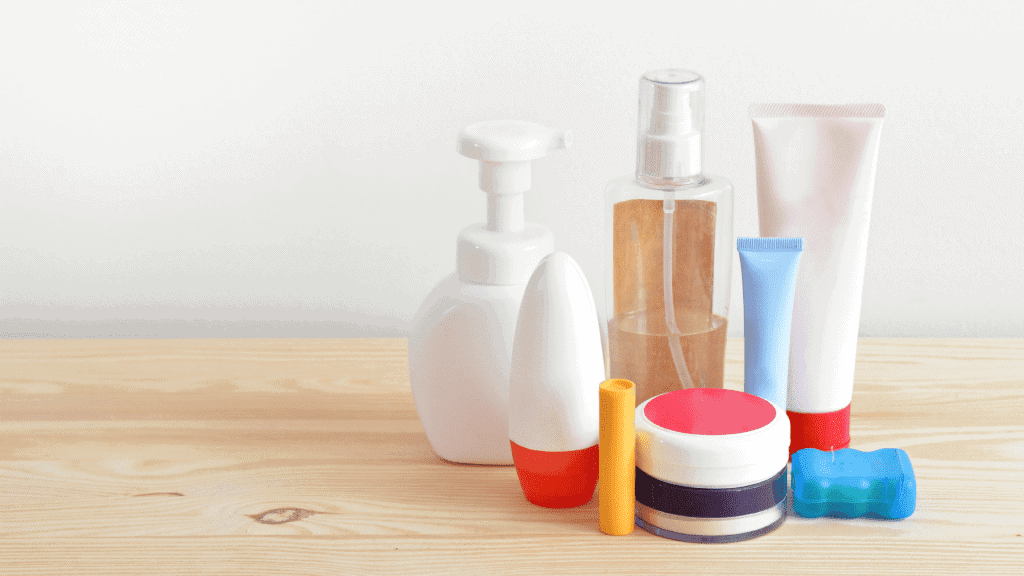
Chemicals are used heavily in the production of cosmetics and toiletry items. By 2010, the market for these items had grown to almost $7.6 billion. Demand for toiletries items, particularly beauty products, has risen in tandem with demand for cosmetic and toiletry chemicals in the United States throughout the years. Demand is increasing at a rate of roughly 5.4 percent each year. Here are various reasons for the high demand for toiletry and cosmetics products
- Consumers’ desire to counteract the effects of aging
- Customer preferences for natural goods
- Positive demographic trends
- Increased demand for active components such as enzymes and amino acids;
- Continued improvements in cosmetic skincare items
Traditional Cosmetics and toiletries
There is a significant tendency toward nanotechnologies and natural products such as botanical extracts, soy protein, natural fats, and oils in today’s consumer market. Furthermore, producers’ natural propensity is toward non-traditional chemicals rather than typical chemicals like petroleum products or commodity surfactants. One of the causes for the reduction in non-traditional chemical popularity is the rising popularity of water-based chemicals over harsh chemicals.
Components that are gaining extreme growth
During 2010, some of the articles used as toiletry and beauty products experienced remarkable growth. Male grooming, anti-aging, and 50+ goods, as well as ethnic products, are growing increasingly popular. Men’s and women’s facial and skincare products, as well as exclusive mail products such as higher-value shaving components, are all the rage these days. Products geared for women, such as moisturizers and hair care, are trendy. As a result, demand for cosmetics and toiletries are always on the rise.
Statistical Characteristics
According to studies on the rising demand for chemicals used in cosmetics and toiletry goods, the annual growth rates for various components between 2001 and 2010 were as follows:
- Chemicals found in cosmetics and toiletries 5.4 percentage point
- Foamier and Cleansing Agents 6.9% of people
- Moisturizers and Emollients 5.6 percentage point
- Fragrances and Flavors 4.1 percentage point
- 5.0% Processing Aids
NPA’s Contribution
The Natural Products Association, or NPA, has played a critical role in this topic. They have introduced new discounts to assist manufacturers in meeting the ever-increasing demand for natural products. It has made a wide range of raw materials available to producers by granting certifications to over 500 products in fewer than two years. In the meantime, NPA is providing manufacturers with a fantastic opportunity to bring their “Certified Natural” personal care and home care products to market while taking advantage of NPA’s discounts.
Discount features
According to reports, the NPA initiative has been an enormous success. NPA offers the following discounts on natural components for cosmetics and toiletry goods:
- 25% in products comprising four or more NPA certified substances;
- 50% in products having NPA certified ingredients exclusively.
The majority of NPA-certified components are natural goods, which is one of the main reasons for the present trend in the chemical markets for cosmetics and toiletries items.
